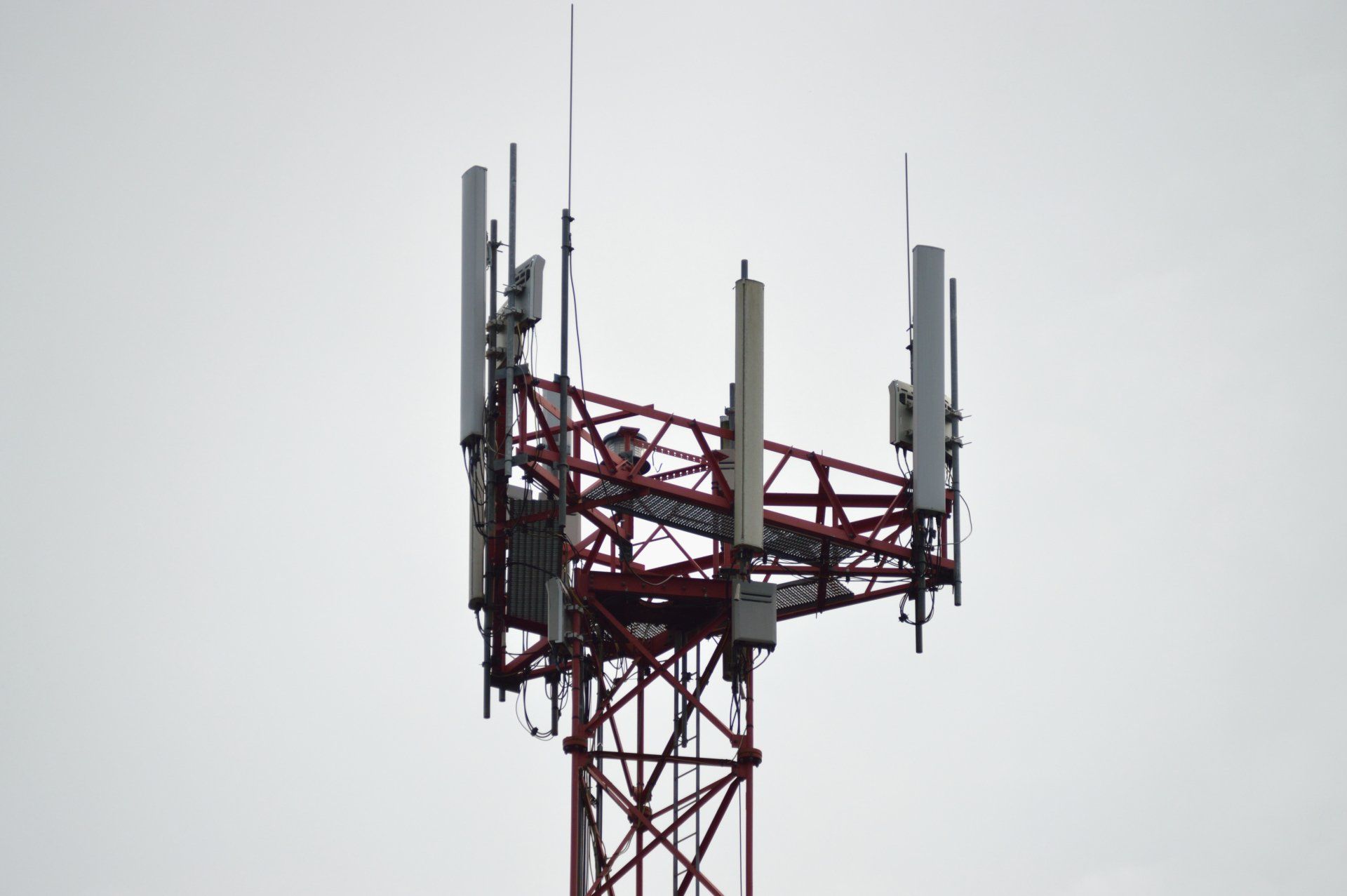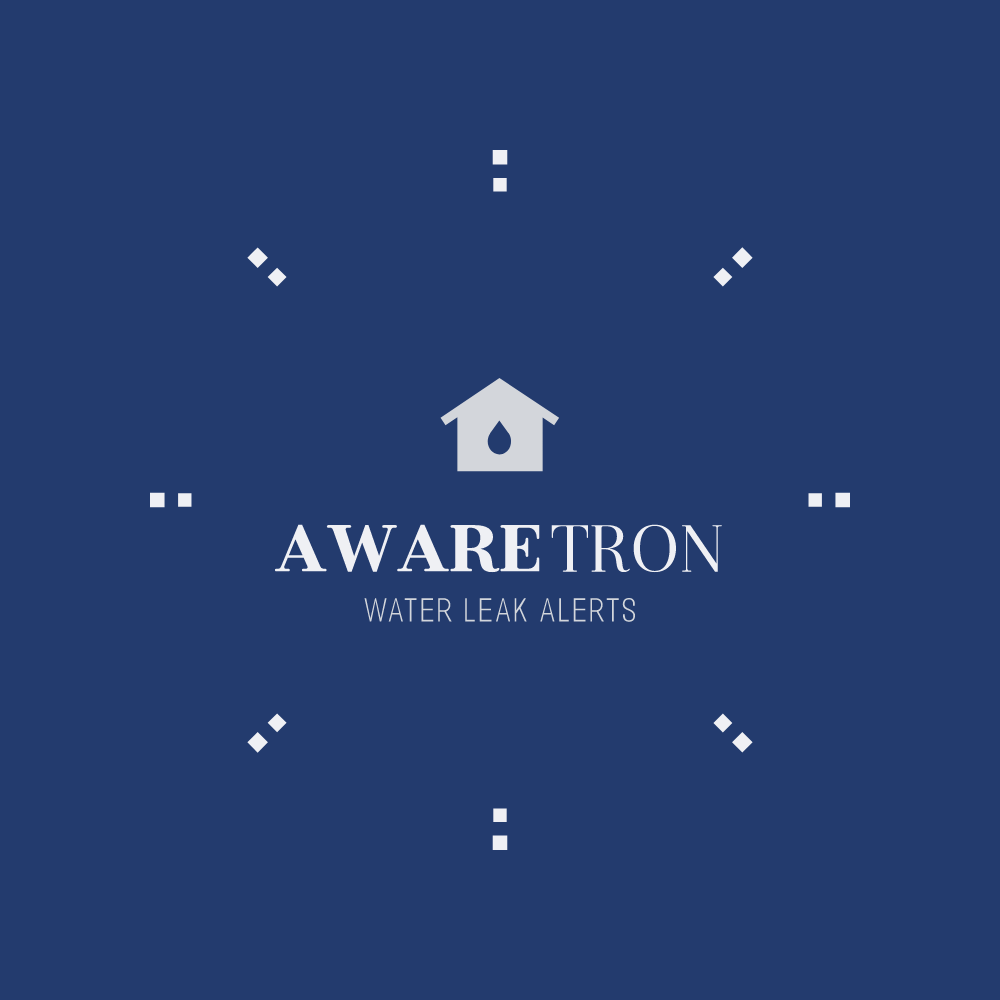Water Leak Alert Systems: Communication Protocols
In the age of smart homes and IoT devices, water leak detection monitoring products have become essential tools for safeguarding properties against water damage. These devices utilize various communication protocols to transmit information to homeowners and monitoring systems. Understanding the pros and cons of each communication protocol is crucial when selecting the right water leak detection system for your homes needs.
Wi-Fi
Pros:
- Wide Coverage: Wi-Fi networks cover a significant area, making it suitable for large properties or multi-story buildings.
- Ease of Use: Most, but not all, users are familiar with Wi-Fi setup, making installation and configuration relatively straightforward.
- Integration: Wi-Fi-enabled leak detectors can often be integrated into existing smart home ecosystems and controlled via smartphone apps.
- Real-time Alerts: Wi-Fi connectivity allows for instant notifications to be sent to users' devices in case of a leak.
Cons:
- Power Consumption: Wi-Fi devices tend to consume more power than some other protocols, requiring more frequent battery replacements or recharging.
- Dependent on Internet: If the Wi-Fi network experiences outages, or if setups in your wireless router are not configured correctly communication with the monitoring system may be disrupted.
- Security Concerns: If not properly secured, Wi-Fi networks could potentially be vulnerable to hacking and unauthorized access.
Zigbee
Pros:
- Low Power Consumption: Zigbee devices are known for their energy efficiency, leading to longer battery life.
- Mesh Network: Zigbee forms a mesh network, allowing devices to relay signals to extend the coverage range.
- Interference Mitigation: Zigbee operates on different frequency bands, reducing interference from other devices like Wi-Fi routers and Bluetooth gadgets.
- Reliability: The mesh architecture enhances the reliability of communication by offering multiple paths for data transmission.
Cons:
- Hub Dependency: Zigbee devices often require a central hub or gateway, adding to the initial cost and setup complexity.
- Limited Range: While mesh networks can extend coverage, individual Zigbee devices have limited range, requiring careful placement for optimal coverage.
- Interoperability: Some Zigbee devices may not be compatible with other Zigbee hubs, limiting flexibility in smart home ecosystems.
Z-Wave
Pros:
- Interoperability: Z-Wave devices are designed to work seamlessly with each other, ensuring compatibility within the Z-Wave ecosystem.
- Low Interference: Z-Wave operates on a different frequency band, minimizing interference with other wireless devices.
- Range: Z-Wave devices offer a decent range, suitable for medium-sized homes.
- Mesh Network: Similar to Zigbee, Z-Wave forms a mesh network for improved reliability and coverage.
Cons:
- Hub Requirement: Like Zigbee, Z-Wave devices generally require a hub, which adds to the overall cost and setup.
- Cost: Z-Wave devices can sometimes be more expensive than other alternatives due to licensing fees associated with the protocol.
Cellular (GSM/LTE)
Pros:
- Wide Coverage:Cellular networks provide extensive coverage, making them suitable for remote properties or areas with limited Wi-Fi coverage.
- Standalone Operation:Cellular-connected devices do not rely on existing Wi-Fi networks, ensuring uninterrupted communication.
- Reliability: Cellular networks are known for their reliability and stability.
Cons:
- Subscription Fees:Cellular connectivity often involves subscription plans, which can add ongoing costs to the operation of the devices.
- Power Consumption: Transmitting data over cellular networks can drain device batteries faster, requiring more frequent maintenance.
- Initial Setup: Cellular-connected devices might require SIM card insertion and configuration, adding an extra step to the setup process.
Bluetooth
Pros:
- Low Energy Consumption: Bluetooth Low Energy (BLE) is designed for efficiency, leading to extended battery life.
- Direct Connection: Bluetooth allows for direct communication between devices and smartphones, eliminating the need for additional hubs.
- Simple Setup: The familiarity of Bluetooth technology makes setup and pairing straightforward.
Cons:
- Limited Range: Bluetooth has a relatively short range, which might require placing devices in close proximity to each other.
- Limited Scalability: Bluetooth connections might struggle when dealing with numerous devices or covering large areas.
- Lack of Remote Access: Bluetooth-based systems may require the user to be within close range for monitoring and control.
LoRaWan
Pros:
- Range: LoRaWAN has good long-range often spanning several kilometers making it ideal for application that require long-distance coverage
- Low Energy Consumption: On the sensor/device energy efficiency results in extended battery life
Cons:
- Coverage: Typically best for outdoor applications (irrigation systems) and not for typical homes
- Hub Required: Hub cannot run on battery power.
- Cost can be high
In conclusion, choosing the right communication protocol for water leak detection monitoring products involves balancing factors such as coverage, power consumption, interoperability, and overall cost. Each protocol has its strengths and weaknesses, making it essential to assess your specific requirements before making a decision. Whether you prioritize ease of use, extended battery life, or seamless integration with your existing smart home ecosystem, understanding these pros and cons will help you make an informed choice to protect your property from water damage. Of course, a professional who understands the trade-offs between communication protocols and your homes needs can help select and install the best system to bring you peace of mind.

